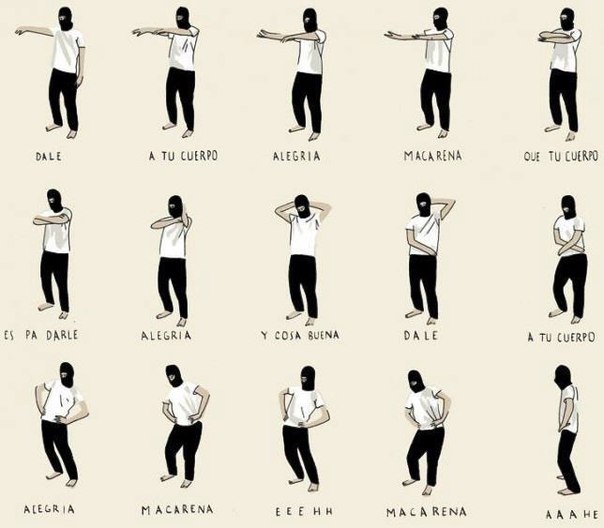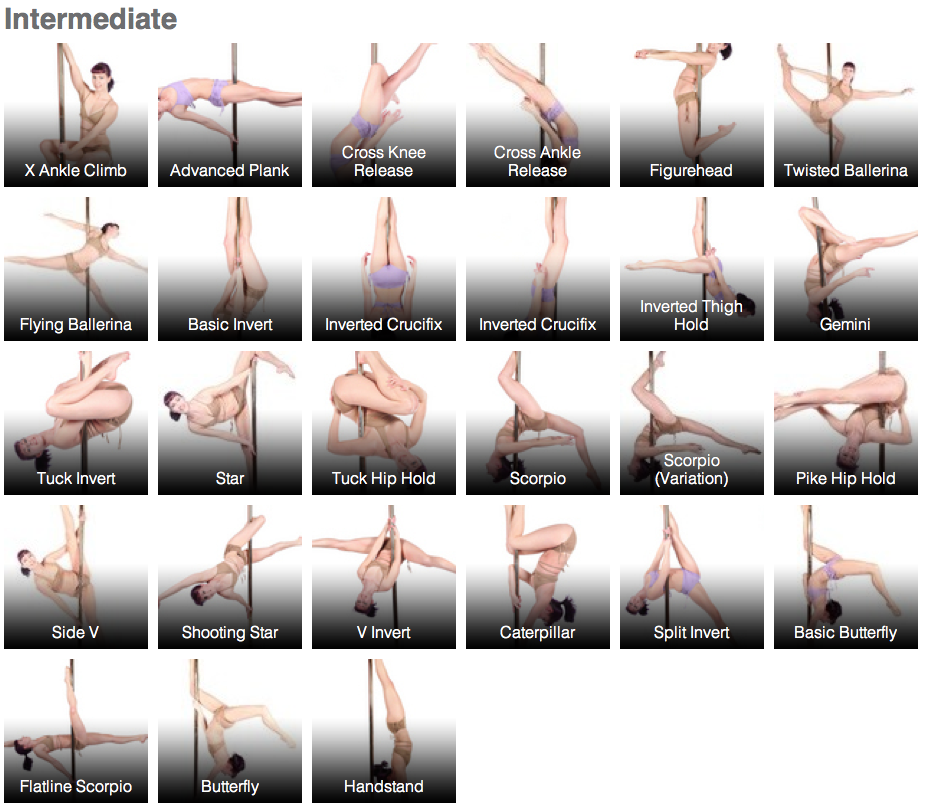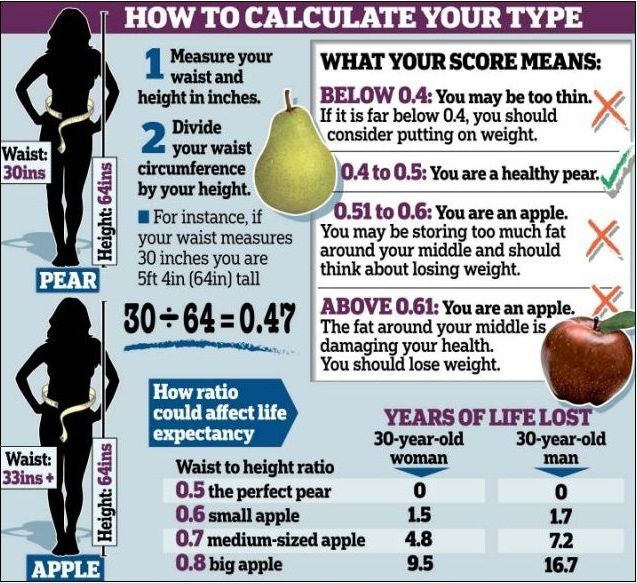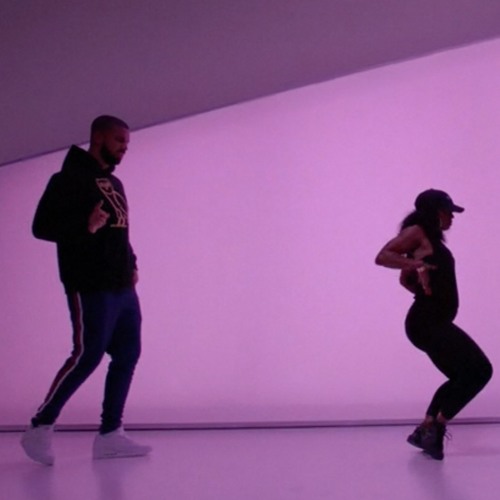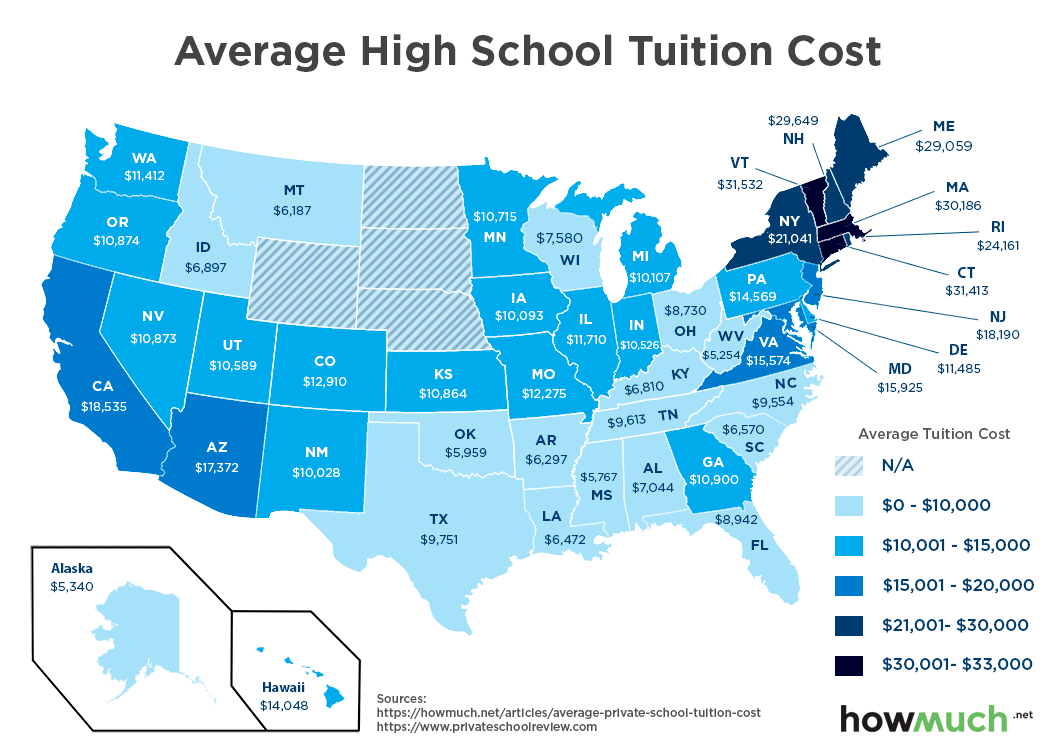How to memorize dance moves
7 Tips for Improving your Choreography Memory
From very early on, dancers are taught the importance of being able to learn choreography.
Learning the choreography is just as critical as building proper technique. Your ability to learn and remember will be crucial to your ability to dance.
Here are seven tips to help boost your memory and be able to learn and retaining choreography.
Recognize the patterns.
Dances and movements often have segments that appear in many moves or patterns that repeat. Once you recognize these, you can use them as helpful shortcuts and memory aids.
Seeing these patterns also means if something doesn’t fit the usual template, it will really stand out, making it easier to remember.
Find a dance buddy.
The first resource you should always use when learning and reviewing choreography is a fellow dancer.
They might not know exactly what your steps or spots are, but they can at least help you fill in the memory blanks you might be having. Reviewing together can help both of you understand and retain the choreography.
Mark your movement.
“Marking” is when you simulate movements with partial gestures. It’s a quick, easy way to mentally review, allowing you to get in some practice and repetition without having to do moves full out. You can do this while sitting or lying by just making micro-movements with your hands or feet, filling in the rest with your imagination.
[Hunger decreases your ability to focus during class. Check out this dancer’s snack list to avoid distracting hunger while learning choreography.]
Grab a notebook.
Write down your steps after learning new choreography. Always have a notebook in your dance bag with you. Spend time after class or rehearsal writing down steps, corrections, and notes. You can reference your notebook any time, and the notes will come in handy when you revisit.
Absorb the music.
Ask the choreographer for a copy of the music. Listen to the music and visualize the choreography. Listen to the music on your commute while you’re making dinner or at the gym.
Listen to the music on your commute while you’re making dinner or at the gym.
Review before bed.
Recent studies show that the best time to study information is before going to sleep. As you sleep, your short-term memory (events or information that you processed during that day) converts into your long-term memory (memories that stay with you longer than a few days).
By reviewing right before bed, the choreography is more likely to convert to your long-term memory, which means you’ll remember it better!
Create muscle memory.
The best way to learn and remember is through repetition. If you do something repeatedly, then your body will start to do it on autopilot. So, drill a section of choreography 50 times if you need to. The more you do it, the more you will imprint the move into your muscles and brain.
Learning to memorize choreography will naturally get easier with experience. But if you want a quicker and more fool-proof way to remember choreography, put these seven tips to practice. Try them at your next Evolution Dance class.
Try them at your next Evolution Dance class.
For more dance tips and essential class information, be sure to follow our informative blog and on social media.
5 Tips to Help You Remember Choreography
Have you been struggling to remember the moves in dance class? Are your auditions coming up?
Here are some tips to help you memorize choreography like a pro. No more freezing or falling behind!
5 Tips to Memorize Choreography
1. Chunking
Chunking is a memorization technique where you learn something in separate sections, then group the sections together at the end.
We use chunking to remember things like phone numbers, addresses, and even song lyrics.
For example, 678-999-8212 is much easier to memorize than 6789998212.
In your dance class or audition, the teacher will probably teach the routine sections already.
But you can chunk the moves into lengths that work for you, whether this means going 1 8-count combo at a time, or separating the piece into 2 halves.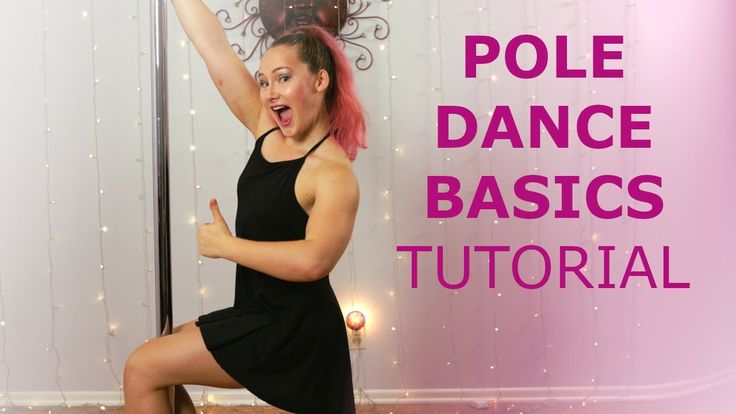
Chunking is a great tool to help you memorize choreography, but sometimes, you can get stuck between those chunks.
It doesn't matter how well you know each chunk – you have to make sure you're connecting them together seamlessly.
2. Connect the chunks
There's a trick to connect those chunks that we talked about in this video:
Basically, always practice a few moves / counts before a chunk, and even after the chunk.
Although dance choreography is usually taught to 8-counts, the dance is performed to the sounds in music – which don't go by cleanly cut counts.
So don't start and stop your movements according to their chunks.
Blend by transitioning the moves in between them. Because the whole thing is really 1 dance! *cue Drake*
3. Use contexts in the song
As we mentioned in Tip #2, you dance to music.
The choreographer made the routine to music.
MUSIC.So, a good way to learn and memorize choreography is to follow... the music!
For example:
Let's say a song / piece goes through the flow of...slow, melodic intro → UPBEAT, POWERFUL CHORUS → iNtRiCaTe beat kill-off to end
You probably won't start finger-tutting in the first section or forget that you're supposed to do heavier movements in the middle.
We always tell you to listen to the music to catch musicality nuances, so you know what textures you should use.
But you should also listen to simply understand the arc of the song, and how that dictates the routine.
4. Make up your own "personal cues"
In our "What is an 8-count” video, we talked about how dancers use counts to map out their choreography.
Counts are a good skeleton to base your memorization off of, but the numbers don't actually provide a ton of information.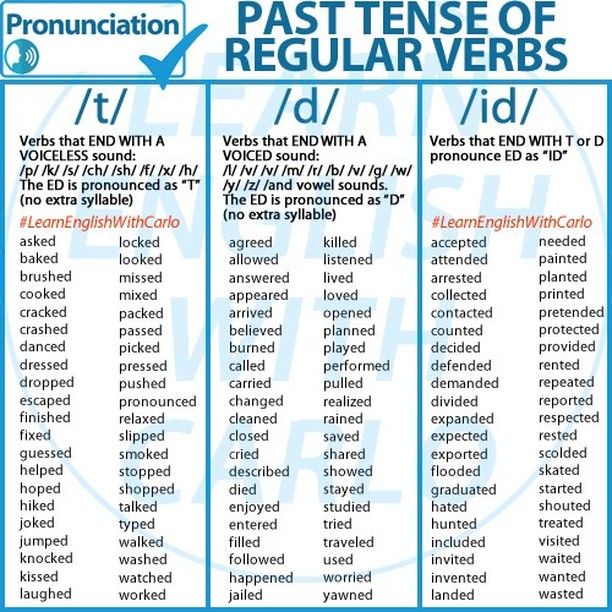
They keep track of the rhythm and quantitatively measure where you are in the piece, but they don't tell you how to dance.
So let's get more descriptive than the counts.
Use sounds or actions that you come up with yourself that will actually help you memorize the moves and how you should be executing them.
Here are 4 examples of personal cues that you can use:
1. Naming the moves
Count this out loud:
"1 and 2 and a 3 and 4"
Now, say this out loud:
"Right left push, turn around, look dip."
The latter gives you the same information as the first 8-count (tempo, when the movements take place) and it ALSO hints at the moves themselves!
I personally find this trick most helpful for footwork.
As I'm learning, I'll memorize choreography as:
"Kick ball change, and left and right. Right left right left right, out, together."
2.
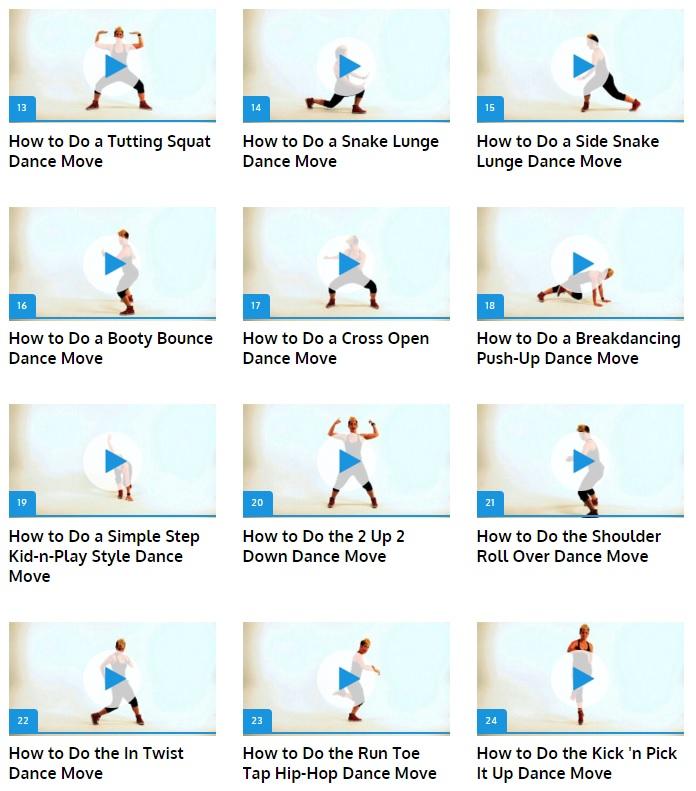 Snapping
SnappingUnlike naming the moves, snapping is more for your body to remember the moves.
I've seen people (Dezi Del Rosario does this a lot) use snaps to mark the points in the moves.
This really forces your body to get to that point while dancing, because you've conditioned it to snap in a certain position.
3. Breathing
Breathing is similar to snapping in that it'll train your body to memorize choreography – use it to remember to slow down or dial back the energy.
You know those pieces where there's a crazy fast combo, then you go into a chill groove???
That sudden drop in energy would look clumsy and out of place, if you didn't breathe through it.
Choreographers might even count that part of the choreography using breaths.
Use cues in your own breathing to memorize choreography parts that are more relaxed.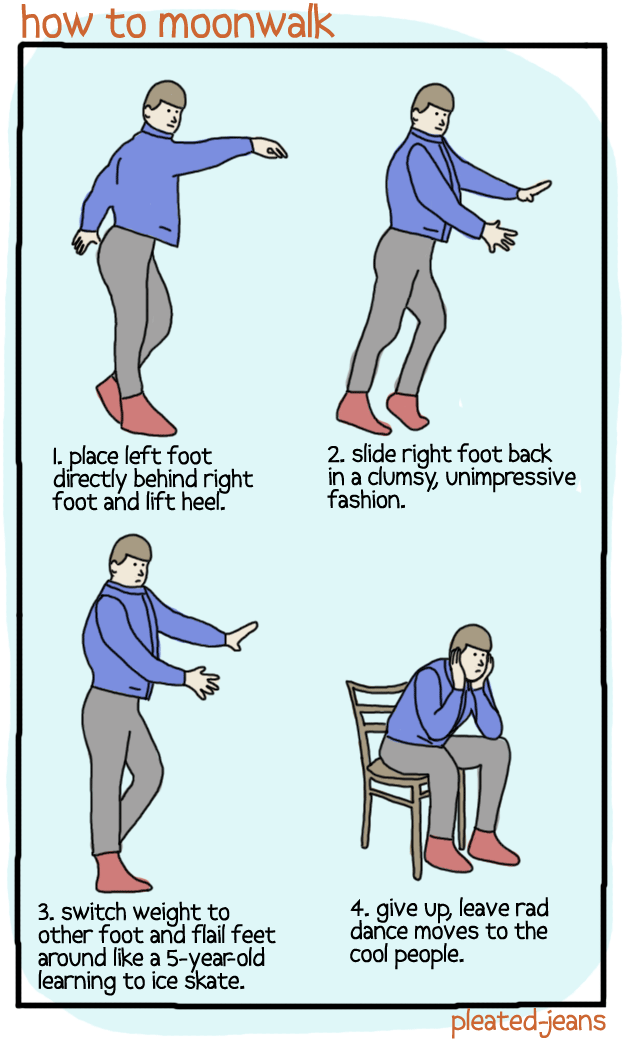
4. Using obscure sound effects
David Lee loves using whatever sound to mark his movements.
No matter how silly they sound 😂
When you use these personal cues, whether it's naming the moves, snapping, breathing, or making up sounds...
You’re building your own version of the piece that makes sense to you.
When you do this, the dance routine feels more natural and easy to remember.
5. Drill the moves into your muscle memory
This is a simple tip, but so important that I MUST mention it!!!!
Repetition.
If you do something over and over again, then your body will start to do it on autopilot.
So drill a section of choreography 50 times if you need to. Heck, do it 100 times!
This way, even when you have a brain fart, your body can simply take over.
...
And into your visual memoryYes, doing the dance over and over will help your body memorize it.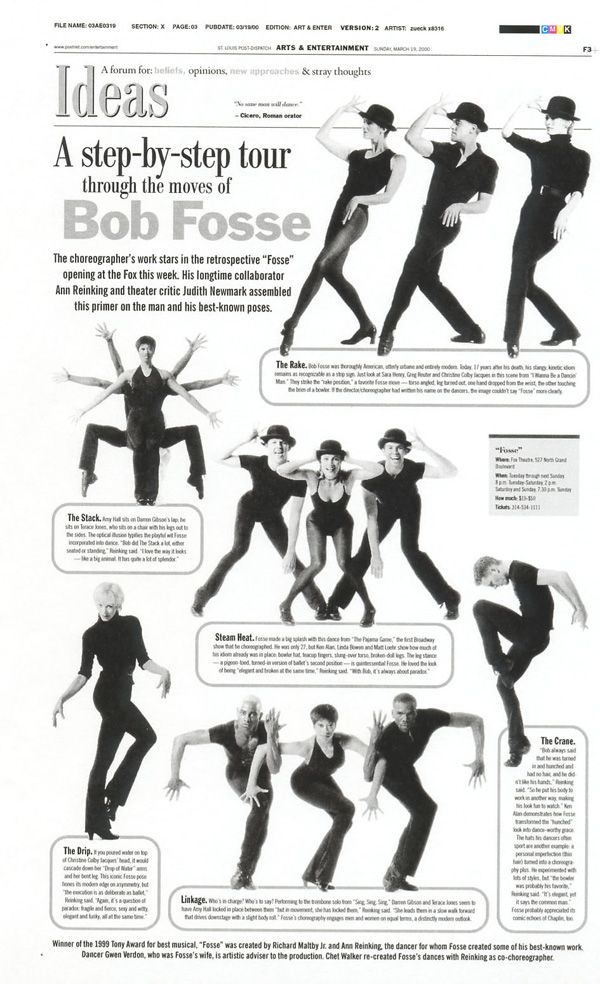
But it can also be just as effective to watch it over and over, too.
Take a recording of the choreographer or teacher, or of yourself doing the piece, and let your eyes and mind absorb it.
Use all the tips we talked about in this article as you're watching the piece (not just while learning it).
For example, observe how the movements follow the music (Tip #3) or use counts, snaps, breaths, or noises that make sense for you (Tip #4).
Learning to memorize choreography will naturally get easier and easier with experience.
But if you want a quicker and more fool-proof way to remember choreography, put these 5 tips to practice!
Try them out in your next STEEZY Studio class. Sign up here to start for free.
90,000 I want to go to dances, but the problem is very poorly remembered for the movement ofI want to go to dances, ...
ago
1
...
...
2
Aheads
43 answers
Last - Go to
#2
#3
#4
#5
#6 #6 #6 #6
#7
#8
#9,0003
Witch
22222 To work out the dance you have to practice for a very, very long time.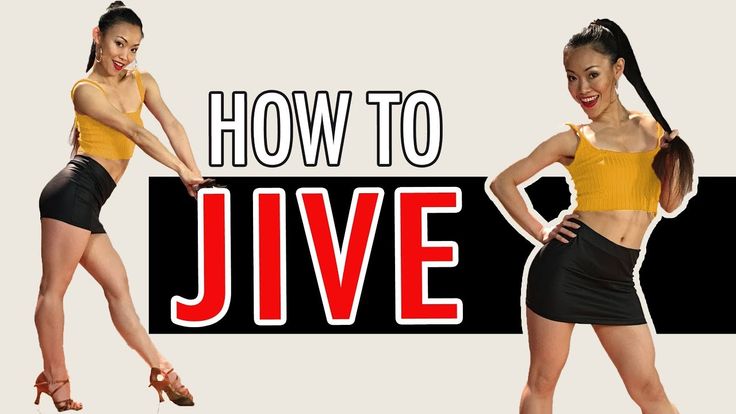 don’t worry, I don’t have an ear for music at all, it’s hard for me to get in time, the rhythm of the music. But I'm an excellent dancer and often performed at various competitions before.
don’t worry, I don’t have an ear for music at all, it’s hard for me to get in time, the rhythm of the music. But I'm an excellent dancer and often performed at various competitions before.
#10
once at the screening a year ago, I just disgraced myself for myself: we were shown 3 eights, I was the only one out of 20 people who could not reproduce. I was accepted into a beginner group. I have been dancing for 2.5 years, 3 times a week, and only now I began to feel some progress. I began to remember faster. Moreover, many movements are often similar to each other, so it becomes easier, you can predict the next movement, as well as combine it yourself and get new eights.
And in a dance group of 10-20 people, there will definitely be people who have similar problems - so don't worry.
Also, our trainer very often gives us coordination exercises, which also help to develop muscle memory. Well, the simplest thing: with the left hand we draw a triangle in the air, and with the right hand at the same time a square, or the hands make some movements, and the legs others.
Well, the simplest thing: with the left hand we draw a triangle in the air, and with the right hand at the same time a square, or the hands make some movements, and the legs others.
if you really have a desire to learn to dance - sign up - you won't regret it.
#11
#12
#13
#14
no it's not too late. Since groups are formed taking into account age and level of training.
#16
#17
I have 3 dance directions . . Ballet, East and Hip-Hop ..
. Ballet, East and Hip-Hop ..
and think about the movements I can’t remember at all (
well, in ballet and in the east, more or less, but Hip-Hop .. in general, tin. .it's all very fast..so I can't remember anything..
#18
I didn't do much dancing...and that's why my muscle memory is not very developed. ..
I work as a pj...with improvisation in the dance like normal...but I remember the last dances, and when I remember...it still takes time to do it all correctly and beautifully...other girls from work easily remember ... but I'm not (((Am I really that stupid ((???
#19
Although it is possible that you do not dance much.
#20
I train my memory - I learn links from videos) it seems to be a little better with my memory)
I really like to dance, but because I remember slowly complexes are added(
#22
Guest
Late 30? Average age probably 18-21?
it's not too late, trust me. Nothing, it's never too late)))) I'm 45, I'm into club dancing (GO-GO), I even managed to perform. But I really remember the movements very slowly, I have to take additional classes so as not to let the speakers down. Came here to fix my problem. Everyone remembers the movements quickly and is already working them out, but when I return home I can’t remember anything myself))) And the performances, it seems, will now be constant.
Nothing, it's never too late)))) I'm 45, I'm into club dancing (GO-GO), I even managed to perform. But I really remember the movements very slowly, I have to take additional classes so as not to let the speakers down. Came here to fix my problem. Everyone remembers the movements quickly and is already working them out, but when I return home I can’t remember anything myself))) And the performances, it seems, will now be constant.
#23
#24
#25
Experts Woman.ru
-
Maria Burlakova
Psychologist
205 answers
-
Galimov Ildar
Family psychologist
204 answers
-
Maxim Sorokin
Practicing psychologist
738 responses
-
Alla Buraya
Psychologist
74 answers
-
Irina Gudkina
Psychologist
19 answers
-
Julia Lekomtseva
Cosmetologist
258 responses
-
CR Life Line
Reproductologist
1 answer
-
Ekaterina Golikova
Psychologist
38 responses
-
Tatyana Klimkova
Psychologist
77 answers
-
Nikita Nosov
Practicing psychologist
37 responses
#28
#29
9000 #30
#31
True stories
-
My husband and his children and grandchildren piss me off.
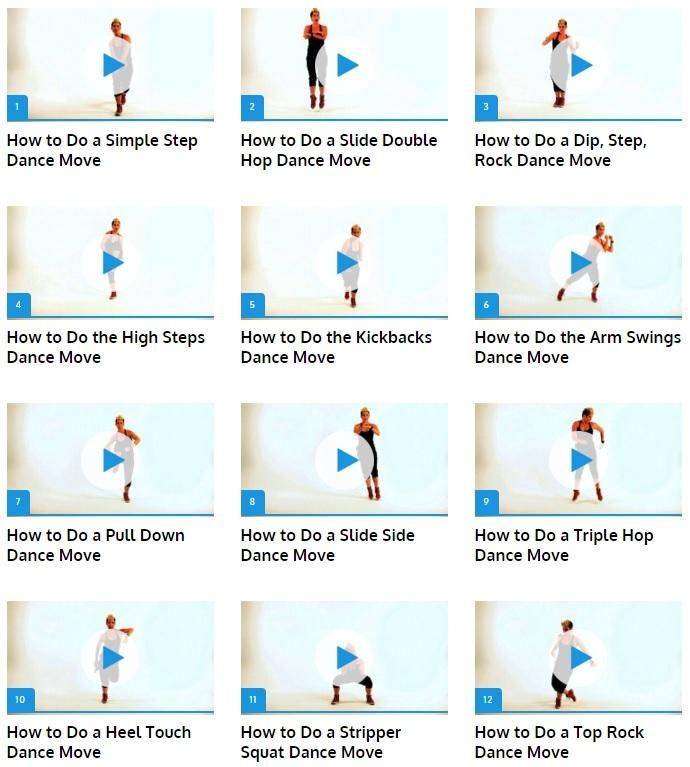 ..
.. 170 answers
#32
#33
#34
#36
Tape
I studied at home on my own using disks, I realized that it is difficult for me to remember the movements, I need to review the movements 10 times, repeat five times. And if you go to a group, no one will repeat that. What to do? How to develop muscle memory?
#37 9000 2017, 20:54
#41
#42
#43
Tape
studied at home, both at home on her own.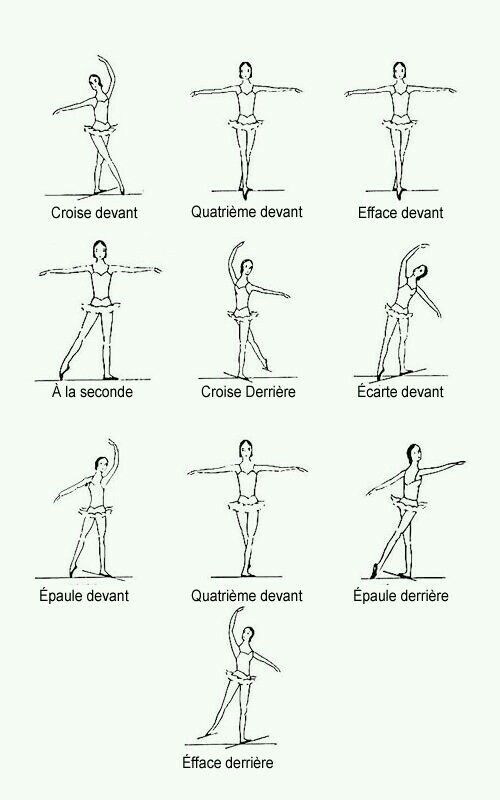 on disks, I realized that it is difficult for me to remember the movements, I need to review it 10 times, repeat five times. And if you go to a group, no one will repeat that. What to do? How to develop muscle memory?
on disks, I realized that it is difficult for me to remember the movements, I need to review it 10 times, repeat five times. And if you go to a group, no one will repeat that. What to do? How to develop muscle memory?
New Topics
-
Diluted her husband
No answers
-
Who takes this drug
No answers
-
The guy was flirting in relations with another
00 9000 9000 NE
How to look good at home?
No responses
-
Can anyone explain what's going on in my mother's head?
1 Answer
#45
#46
is familiar to ...
Girl same problem! Recently went to fitness dancing! But just some kind of tin! I can’t remember, sort of like, elementary ligaments, if you look from the side !!! True, I have been - a couple of times, so far.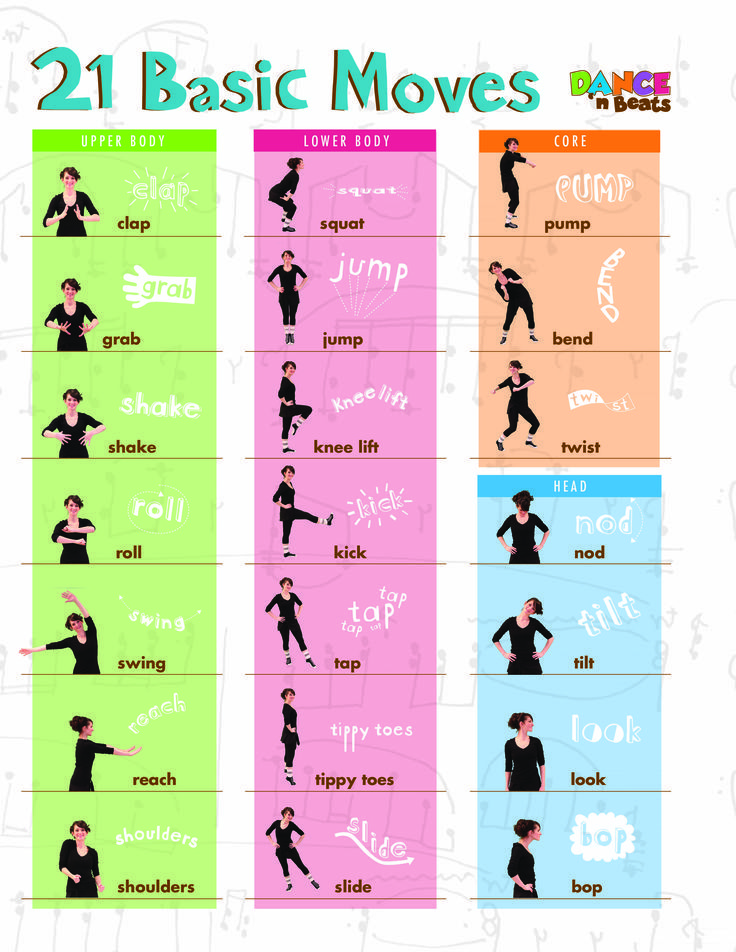 But in my opinion it doesn't matter. Clear coordination and memorization - either there from the very beginning, or not, and appears through exhausting training of the body and memory. Stupidity has nothing to do with it. Although, I will not hide, the teacher herself is sometimes in shock) She wants the whole group to dance - as one! Only, some - months of movement repeat, and some - brand new ones come. It is clear that everyone has "their own level" and, in mastering the "new" is the same. People are all different! More from school! Some solve the problem in a minute, but with errors. Others - in 10 minutes, but correctly. Some only draw, while others only sing. And try to put the artist behind the keys! Simply, with age, the level of claims increases, both to oneself and to the environment. And, of course, it's not a secret for anyone that many are understanding, while others simply BRIGHT AGAINST THOSE WHO MAKE MISTAKES! It certainly plays into their hands (psychologically). In general, my opinion.
But in my opinion it doesn't matter. Clear coordination and memorization - either there from the very beginning, or not, and appears through exhausting training of the body and memory. Stupidity has nothing to do with it. Although, I will not hide, the teacher herself is sometimes in shock) She wants the whole group to dance - as one! Only, some - months of movement repeat, and some - brand new ones come. It is clear that everyone has "their own level" and, in mastering the "new" is the same. People are all different! More from school! Some solve the problem in a minute, but with errors. Others - in 10 minutes, but correctly. Some only draw, while others only sing. And try to put the artist behind the keys! Simply, with age, the level of claims increases, both to oneself and to the environment. And, of course, it's not a secret for anyone that many are understanding, while others simply BRIGHT AGAINST THOSE WHO MAKE MISTAKES! It certainly plays into their hands (psychologically). In general, my opinion. It is necessary to go to the dance studio AT ANY AGE (if you want to learn how to dance). Since, in FITNESS CENTERS, there are no groups - by levels. All in one pile! And those who have been dancing for a year, and those who came yesterday (catch up!). If we take into account the fact that there are STILL PROBLEMS WITH QUICK MEMORY AND WORKING out of movements, then this generally seems like an impossible mission. They also look askance at me) And I feel like a BLONDE myself (may they forgive me). But I really love to dance.... This is my dream since childhood! Therefore, POFI!!!!! AS WE CAN .... SO WE DANCE!!!!!! HEAD UP AND ALL TO THE GARDEN! Everyone and everything .... in this life - its time! Good luck everyone! :)
It is necessary to go to the dance studio AT ANY AGE (if you want to learn how to dance). Since, in FITNESS CENTERS, there are no groups - by levels. All in one pile! And those who have been dancing for a year, and those who came yesterday (catch up!). If we take into account the fact that there are STILL PROBLEMS WITH QUICK MEMORY AND WORKING out of movements, then this generally seems like an impossible mission. They also look askance at me) And I feel like a BLONDE myself (may they forgive me). But I really love to dance.... This is my dream since childhood! Therefore, POFI!!!!! AS WE CAN .... SO WE DANCE!!!!!! HEAD UP AND ALL TO THE GARDEN! Everyone and everything .... in this life - its time! Good luck everyone! :)
#47
#40
Late?
Guest
Average age probably 18-21?
#49
Guest
Is 30 late? Average age probably 18-21?
Attention
#50
Guest
Well, that's how everything looks like! But is there probably some kind of technique for people like us ?;
Back
1
.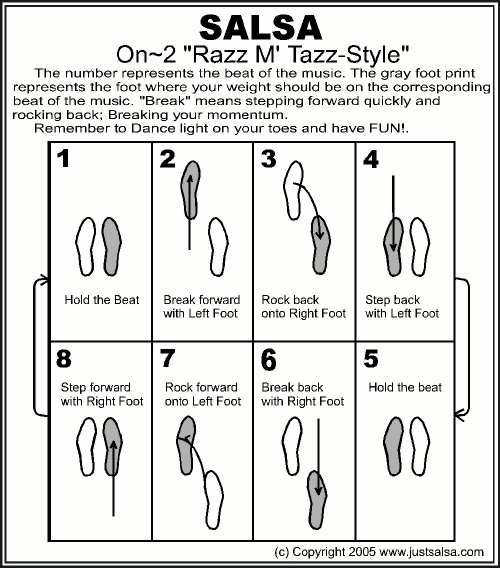 ..
..
...
2
Next
Next Topic Myths and reality. Let's share our experience.
482 answers
Previous topic - Dancing
JavaScript is disabled
You have JavaScript disabled. Some functions may not work. Please enable JavaScript to access all features.
Dear participants of the forum "Dances" and its sub-forums!
We would like to inform you that in order to keep this forum informative and prevent it from moving to the Flea market category, from March 20, 2015, penalties for advertising will be toughened.
We hope for your understanding and cooperation!
Best regards,
Administration
Posts per topic: 32
#one
Texan
Sent by 23.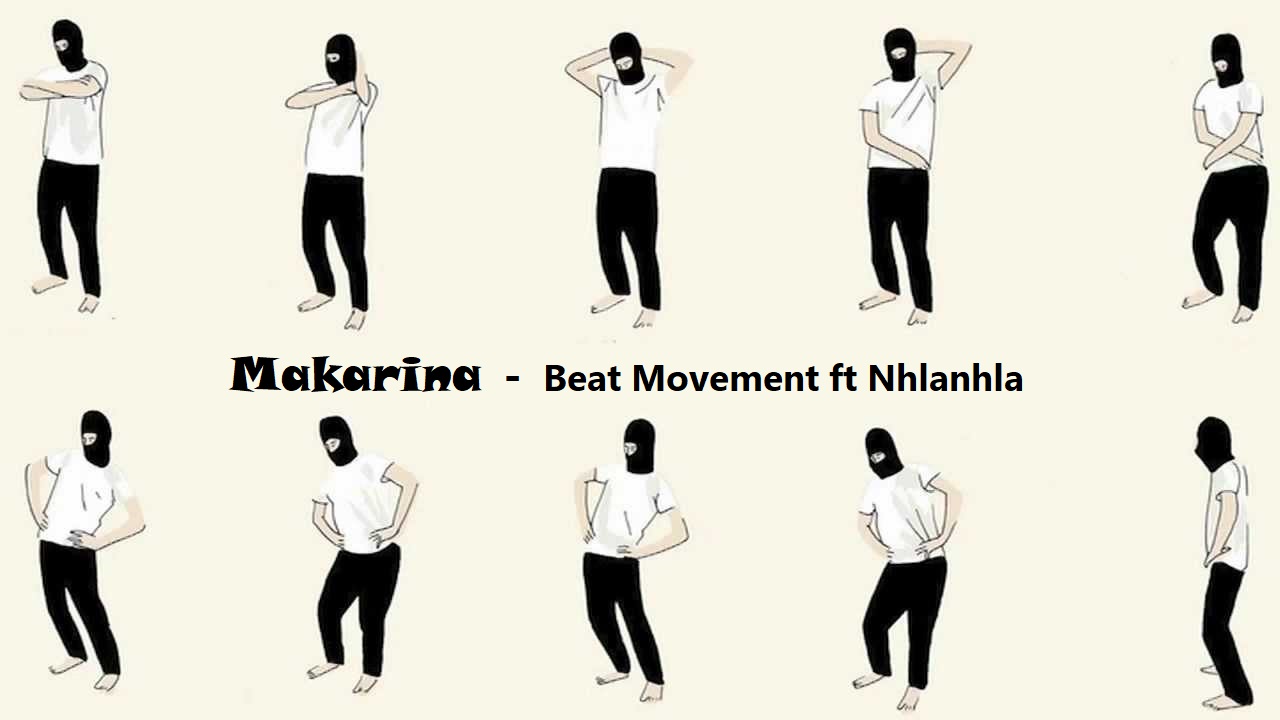 04.2010, 15:19:00
04.2010, 15:19:00
Started dancing. And the problem arose: to remember the movements ... Maybe someone also has such a problem ...
- Top
#2
ClubFreedom
Sent by 23.04.2010, 15:28:41
Started dancing. And the problem arose: remembering the movements ... Maybe someone also has such a problem ...
write down
- on video (almost any cell or cameras write video): one movement, a bunch - it's just a few seconds ...
- if you don't have one, write it down with a pen in a notebook ...
.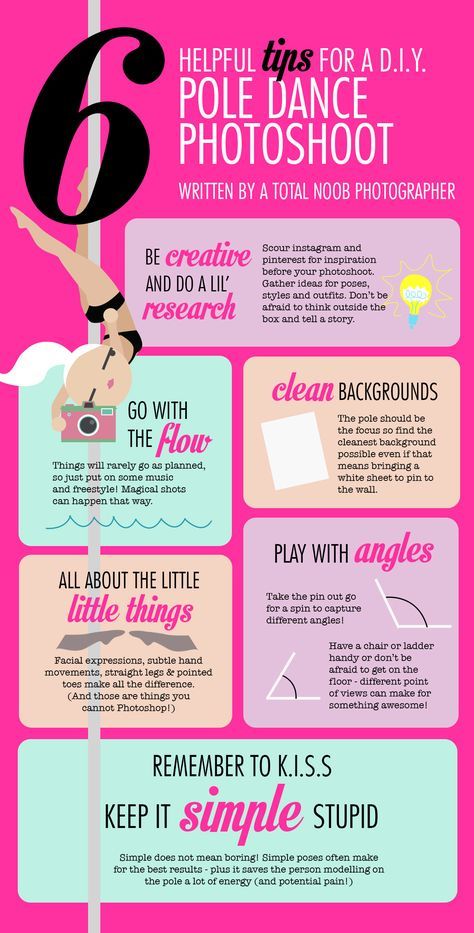 .. then in your free time or at the lesson, look at a piece of paper or a video, remember, dance ...
.. then in your free time or at the lesson, look at a piece of paper or a video, remember, dance ...
...how you dance many times with a prompt, then remember yourself without a prompt, and if you don’t stop practicing, then you will already perform many movements and combinations on the machine. ..
- Top
#3
El'Vira
Sent by 23.04.2010, 17:47:02
Still try to run movements in your mind, before your eyes, this is the so-called ideomotor training. And, of course, rehearse more often, repeat the dance.
- Top
#four
Sent by 23. 04.2010, 19:31:11
04.2010, 19:31:11
went to belly dancing lessons, I can't remember how my body moves, and the camera is no help to me.
- Top
#5
Maneesha
Sent by 26.04.2010, 13:58:22
repetition is the mother of learning... and at first it is important to memorize exactly the movements and steps and not the amplitude of deviation. gotta choose..
Post has been edited by Manisha: 26.04.2010, 14:04:56
- Top
#6
carioka
Sent by 26. 04.2010, 14:03:19
04.2010, 14:03:19
"Dancing men" - pictograms with direction arrows.
May not be suitable for many dances. It was just right for Indian classics - there are very definite positions.
- Top
#7
Mers166
Sent by 26.04.2010, 14:41:20
Started dancing. And the problem arose: to remember the movements ... Maybe someone also has such a problem ...
put everything in your head first..at least for me.
and then muscularly)
- Top
#eight
Nomad Travel
Sent by 26.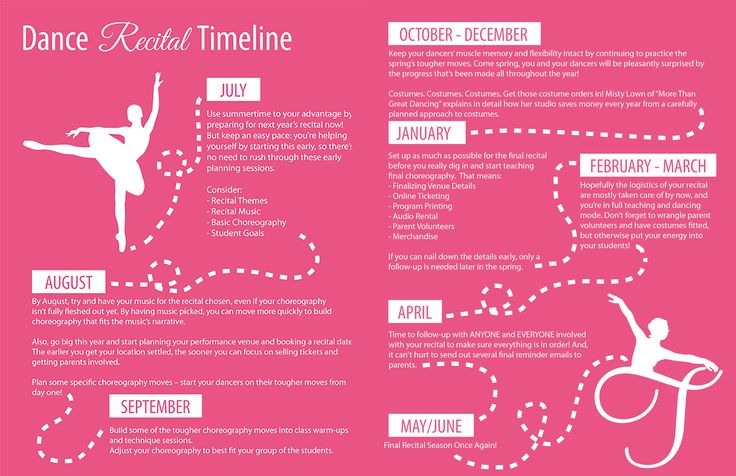 04.2010, 14:43:59
04.2010, 14:43:59
I want to develop plasticity, where to start?
- Top
#9
Mers166
Sent by 26.04.2010, 14:48:17
I want to develop plasticity, where to start?
)))) with stretch))))
- Top
#ten
saifa
Sent by 26.04.2010, 22:13:19
MODERATORIAL [ saifa ]
The Nomad Travel user receives a verbal warning under clause 2.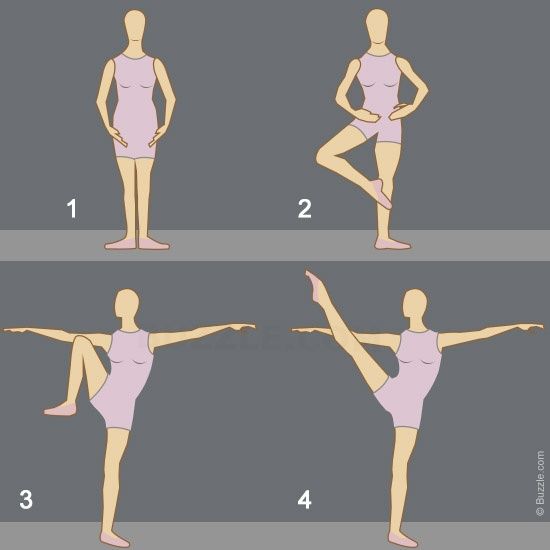 2.7 of the Rules.
2.7 of the Rules.
Post has been edited by saifa: 04/26/2010, 10:13:30 PM
- Top
#eleven
Nataly from Edem
Sent by 26.04.2010, 22:58:24
Dance the combination at least five times a day, only correctly without mistakes, mistakes do not count
- Top
#12
Tauranga
Sent by 05/01/2010, 11:17:20
here is a similar situation. at first I thought that the instructor gives a lot of movements at once, and when you start to do a run to the music, it seems not so much, but remember, sometimes a problem arises with this .-Step-16.jpg/aid1640374-v4-728px-Shuffle-(Dance-Move)-Step-16.jpg) ..
..
you do a warm-up, a press, a mat, but when it comes to dancing, amnesia immediately begins ...
- Top
#13
Salamon
Sent by 03.05.2010, 15:44:15
You said it right, you have to repeat everything, and constantly replay it in your head. In general, when you dance somewhere, you mostly improvise, that is, you yourself are already making connections that, in your opinion, are suitable for the rhythm. And if you are preparing for competitions, etc., then it is best to repeat and repeat, of course, so that everything comes to automatism.
- Top
#fourteen
Zhora11Scala
Sent by 05/03/2010, 16:43:24
Started dancing. And the problem arose: to memorize the movements ... Maybe someone also has such a problem ...
Repetition is the mother of learning and then comes to automation
- Top
#fifteen
saifa
Sent by 05/04/2010, 15:03:20
in fact, motor memory is trained over time.
i.e. if at first, it takes a month to memorize fairly simple movements, then over time (constant learning and memorization), to learn an even more complex bunch, you need to repeat a couple of three times.
but while you are at the beginning of the dance path, this is, of course, cramming.
is a very good way for me (not only in dancing), it's not at first to the end to drive everything, but to stop at the "difficult" moments.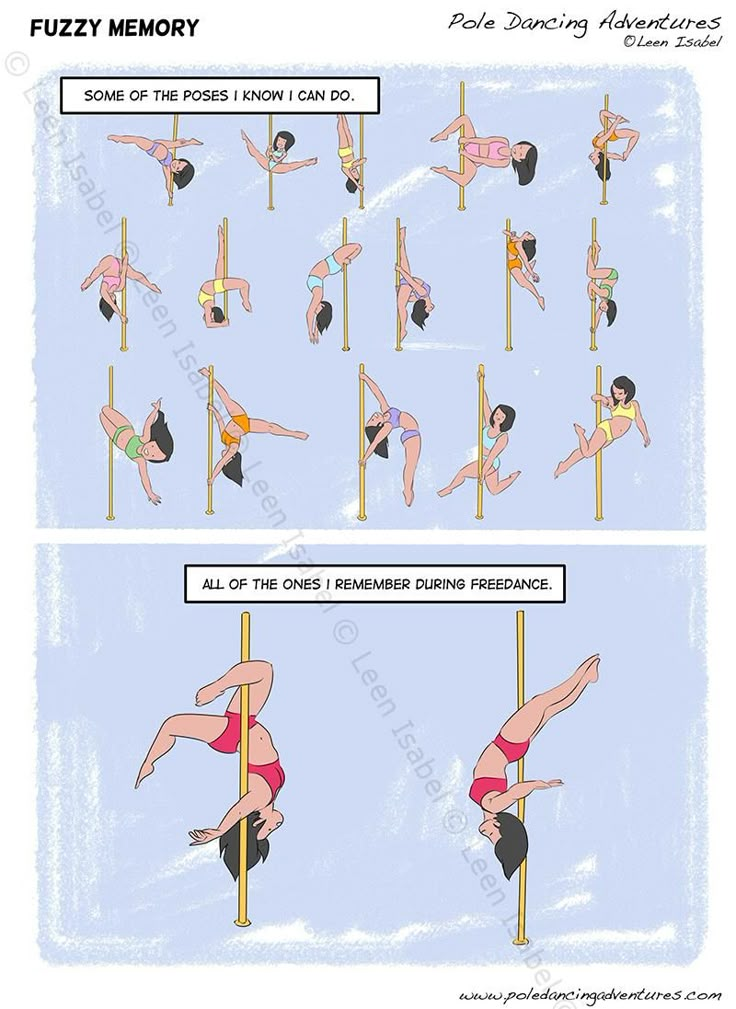
you learn, you do. stumbled once. means there is a gap in this place. and you start to learn exactly this 8ku, where you stumbled. then you connect it with the previous 8th and the next. if everything went well. then you start again from the beginning until the next "stumble".
after all the "stumbles" have been worked out, you start to drive from beginning to end. The task is to dance 3 times in a row without a single mistake. if you make a mistake, the counter is reset to zero.
but don't overdo it.
perfectly trains memory "visualization". those. just scrolling in your head how you do it.
then we also recorded on video on the phone. and then all the time I watched, and tried to "remember" what would happen next. also visual.
- Top
#16
mafiy
Sent by 05. 05.2010, 16:50:23
in my opinion it is best to memorize the movement on certain music
and then remember to beat
- Top
#17
ALLAMALLA
Sent by on 10.05.2010, 21:05:09
Started dancing. And the problem arose: to memorize the movements... Maybe someone also has such a problem... they don’t teach like that, How to learn individual pieces, a problem arises. These pieces dance without stopping, but it doesn’t work, there is also a technique to learn these connections ...... dance the last eight and the first eight of the next piece until you make a mistake, GOOD LUCK
- Top
#eighteen
zhankina
Sent by on 30.
10.2012, 02:32:15
I also have such a problem, after the lesson my memory is knocked off, etc.
- Top
#19
Vladimir_Vladimirovich
Sent by 10/31/2012, 12:33:33
In principle, in any dance, all, even the most complex, movements are divided into elementary ones. As a rule, competent coaches must call them somehow. When memorizing elementary movements, be sure to pronounce their names in order to connect motor memory with verbal-logical memory. It will be better this way.
When memorizing ligaments, pronounce the names of elementary movements, and they will come out by themselves))) of course, not immediately, but after 2-3 months it will already work out well.